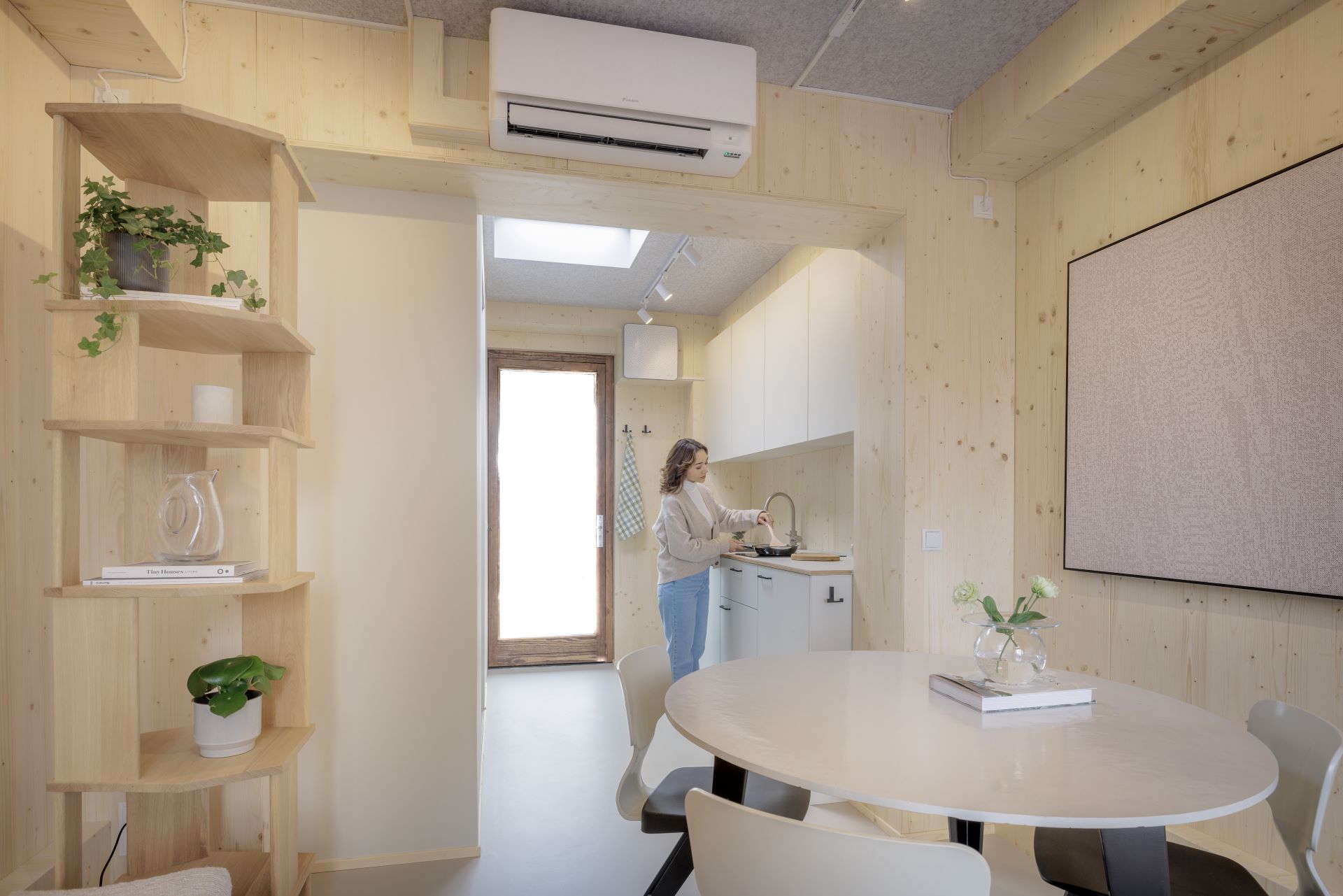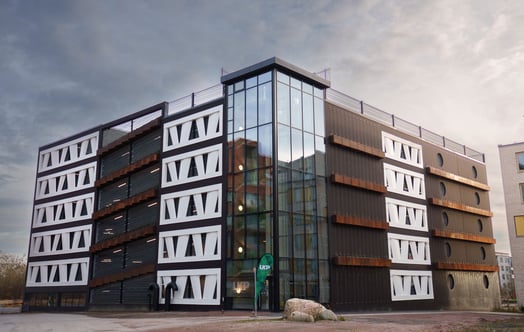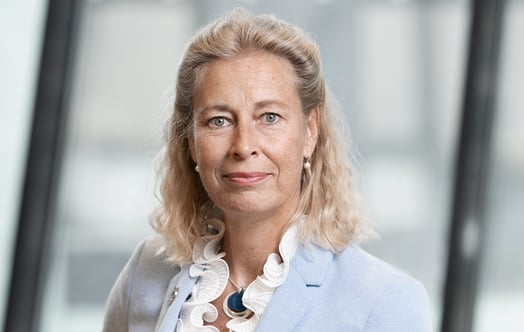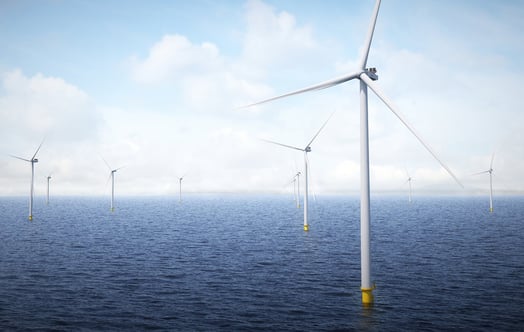Living in a wind turbine? As of today that’s possible. Vattenfall and design studio Superuse converted a nacelle, the top part of a wind turbine, into a tiny house. This nacelle is four metres wide, ten metres long and three metres high and comes from a turbine that stood in Austria for 20 years. With the tiny house, Vattenfall demonstrates how materials can be reused in innovative ways. The tiny house is on prominent display during Dutch Design Week from 19 to 27 October.
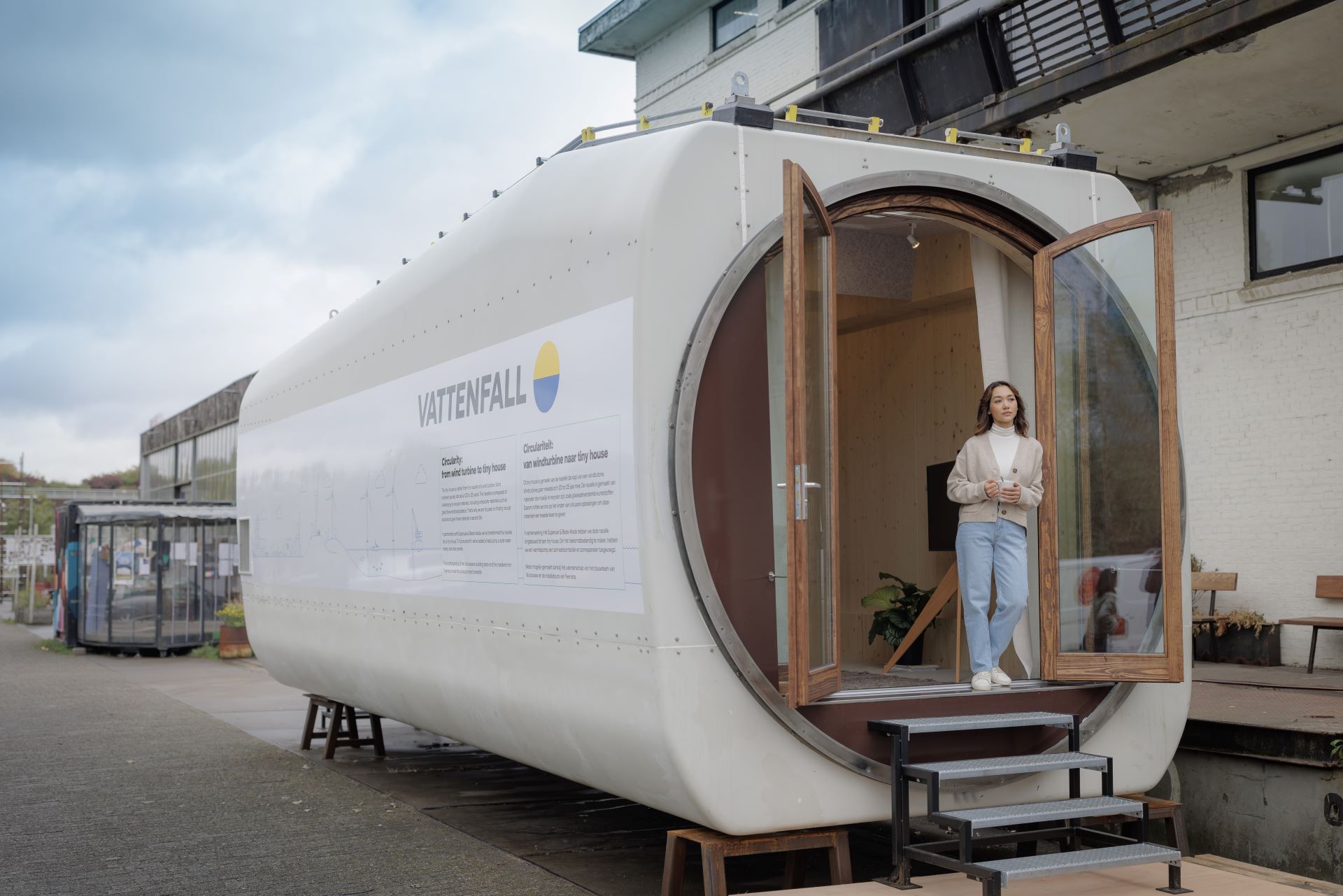
On the outside, you can still clearly see that the tiny house was once part of a wind turbine, but inside everything has been prepared for a comfortable and homely stay. For instance, there is a kitchen, bathroom and living space. Moreover, the house is equipped with smart features such as a heat pump, solar panels and a solar water heater.
Reuse instead of remelting
In the coming decades, thousands of wind turbines will be demolished or replaced. Most parts of a wind turbine - the foundation, tower, gearbox parts and generator - are made of metal or concrete and therefore easily recyclable. Steel, for instance, can be melted down and reused, but the downside is that this takes a lot of energy and creates emissions. It would be better if the materials could be reused with as little processing as possible. Last year, Vattenfall invited four design firms to think about a second life for wind turbines that have reached the end of their working life.
Thomas Hjort, Director of Innovation at Vattenfall, said:
"We are looking for innovative ways in which you can reuse materials from used turbines as completely as possible. So making something new from them with as few modifications as possible. That saves raw materials, energy consumption and in this way we ensure that these materials are useful for many years after their first working life."
Perspective and challenge for dismantlers
The tiny house was conceived and designed by Superuse and executed by Blade-Made and Woodwave. Superuse opted for the most difficult solution: designing a building code-compliant house in the smallest possible nacelle. The nacelle used comes from a V80 2MW turbine, the first model with a nacelle large enough for a tiny house. Nacelles from later turbines often offer much more space. Despite its limited size, the tiny house complies with the building code and is therefore fully usable for habitation, or holiday use.
Jos de Krieger, partner Superuse and Blade-Made:
"At least ten thousand of this generation of nacelles are available, spread around the world. Most of them have yet to be decommissioned. This offers perspective and a challenge for owners and decommissioners. If such a complex structure as a house is possible, then numerous simpler solutions are also feasible and scalable."
In collaboration with Reliving, the tiny house was furnished with sustainably produced and second-hand furniture, including a table made of circuform that incorporates material from a recycled wind turbine blade. The electrical installation was installed by Vattenfall subsidiary Feenstra.
Vattenfall at Dutch Design Week
During Dutch Design Week, the four concepts developed by the design studios will be on display. Besides the tiny house, these include a concept to build floating islands from used turbine blades, artworks created from the data provided by turbines during their productive life and a vision of the future of reusing turbine parts.
More information on that can be found here: Join us at Dutch Design Week 2024
About the nacelle
The nacelle used for construction was taken from a V80 2MW turbine built at the Austrian Gols wind farm in 2005. During 20 years of faithful service, the turbine produced 73GWh of electricity, enough to power more than 29-thousand households for a year. The nacelle stood at a height of 100 metres.
Dutch company Business in Wind decommissioned the wind farm and made the nacelle available for this project.

